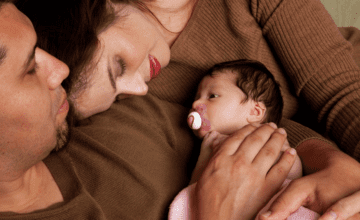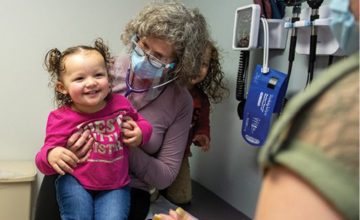22 Statistics You Need to Know About Childhood Brain Development
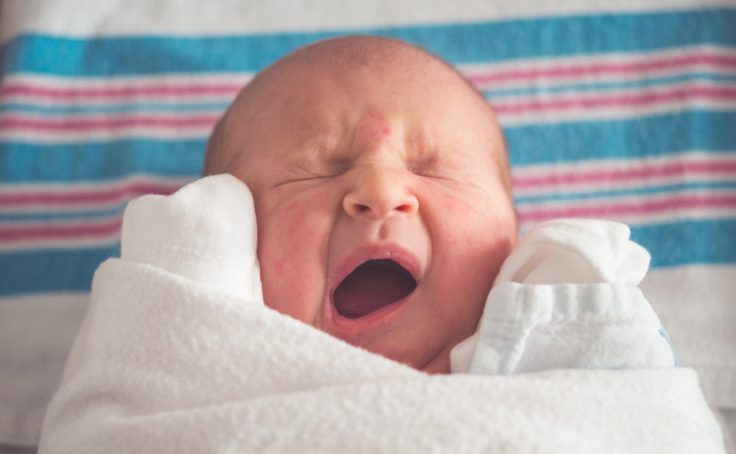
The first three years of a child’s life are the most pivotal, and also the most vulnerable for brain development. They build the foundation for a lifetime of educational, emotional, and social abilities.
The science behind the baby and toddler brain is why ZERO TO THREE focuses intently on improving quality of life for young children. Here are some key facts on the amazing, growing brain, in the first three years of life.
By the Numbers
A baby’s brain is a quarter of the size of an adult brain, but it doubles in size in the first year of life.
A child’s brain produces more than a million neural connections each second.
60% of a baby’s energy goes to its developing brain.
After birth, the brain grows 1% per day for the first three months of life.
A 2-year-old’s brain is much smaller than an adult’s brain but has 50% more synapses.
A 3-year-old’s brain is twice as active as an adult brain.
A piece of brain tissue the size of one grain of sand contains 1 billion synapses.

The Impact of Positive & Negative Experiences
Scientists can tell if the young brain has been through certain types of trauma or negative experiences by watching patterns in brain activity.
Babies’ brain development begins just a few weeks after conception, making maternal care the first and most important factor in optimal baby brain health.
Exposure to toxins, some infections, and poor nutrition can alter brain growth, impacting children for life.
Research shows babies’ stress levels go up if there is yelling in the home. Babies can detect danger and need a caregiver’s comfort to feel safe again.
It’s not just genes — parents impact brain development substantially through early interactions.
Intervention to toxic stress for babies and children matters for the best outcomes in brain development.
The Caregiver’s Role in Brain Development
-
Talking to babies frequently can result in quicker learning and speech development — babies who are frequently talked to know around 300 more words by age 2 than others.
-
Babies decipher what they should pay attention to (or not) by following their caregiver’s gaze.
-
Physical touch and affection are essential to helping a baby’s brain development, as it releases growth hormones.
-
One important way to build brain growth is through “serve and return” interaction with babies and toddlers, which means getting to know them and interacting with them through back-and-forth conversation, expressions, and play.
-
Babies don’t just love peek-a-boo — they are mastering a new skill through brain development.
-
Toddler brains thrive on questions and problem-solving. Ask questions of 24-36 month olds such as “Why do dogs bark?”
The Future of a Young Child’s Brain
The spinal cord, which sends messages from your brain to your body, stops growing at age 4.
Brain development continues long past the first three years, and isn’t considered fully developed until age 25.
The brain has virtually unlimited storage capacity, so your young child won’t ever hit its maximum abilities to learn more.
Free Webinar: Mental Health & Brain Development
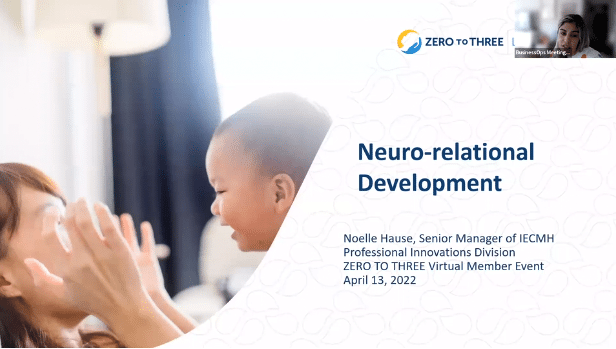
Join Noelle Hause, Senior Manager of IECMH, Professional Innovations Division, to learn how brain development occurs within the context of relationships, and examine the impact of trauma and toxic stress on brain development in infancy and early childhood.

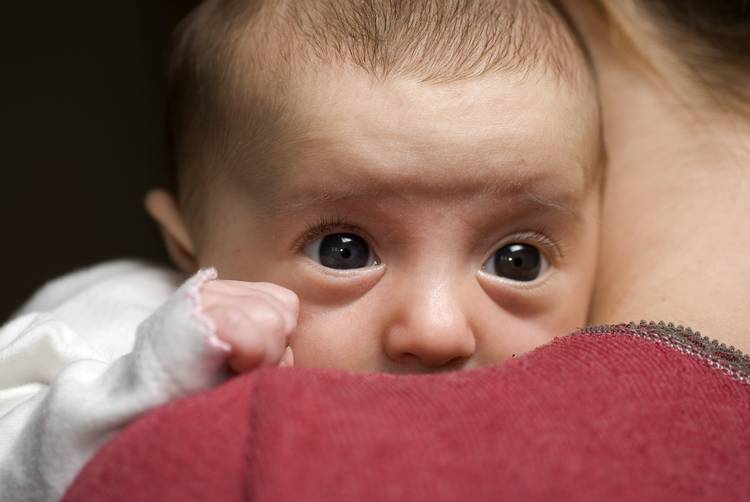
Related Resources
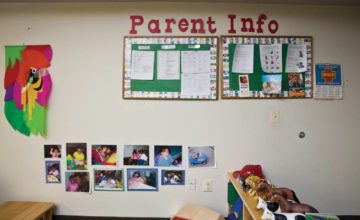
Trauma-Informed Practices in Early Childhood Education
